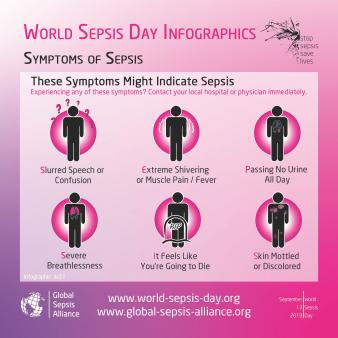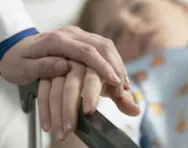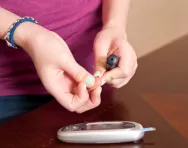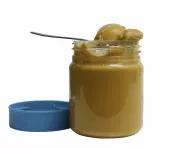TheSchoolRun.com closure date
As we informed you a few months ago, TheSchoolRun has had to make the difficult decision to close due to financial pressures and the company has now ceased trading. We had hoped to keep our content available through a partnership with another educational provider, but this provider has since withdrawn from the agreement.
As a result, we now have to permanently close TheSchoolRun.com. However, to give subscribers time to download any content they’d like to keep, we will keep the website open until 31st July 2025. After this date, the site will be taken down and there will be no further access to any resources. We strongly encourage you to download and save any resources you think you may want to use in the future.
In particular, we suggest downloading:
- Learning packs
- All the worksheets from the 11+ programme, if you are following this with your child
- Complete Learning Journey programmes (the packs below include all 40 worksheets for each programme)
You should already have received 16 primary school eBooks (worth £108.84) to download and keep. If you haven’t received these, please contact us at [email protected] before 31st July 2025, and we will send them to you.
We are very sorry that there is no way to continue offering access to resources and sincerely apologise for the inconvenience caused.
Spotting the signs of sepsis in children
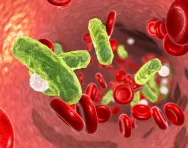
Every parent knows how quickly bugs can spread in the primary school classroom. It sometimes seems as if our kids have barely recovered from one illness before the next one strikes.
Most childhood coughs, colds and stomach bugs get better by themselves, but sometimes, children can become very ill, very quickly.


Boost your child's maths & English skills!
- Follow a weekly programme
- Maths & English resources
- Keeps your child's learning on track
That’s why it’s vital that we all know how to spot the signs of sepsis: a life-threatening condition that affects around 10,000 children every year.
What is sepsis?
Sepsis is a condition that can be triggered by an infection in any part of the body, such as a chest infection, bladder or urinary tract infection, or an infection developing from a cut, graze or bite.
It happens when the immune system has an extreme reaction to the infection.
It goes into overdrive and attacks the body, causing a dangerous drop in blood pressure.
This can prevent oxygen from reaching its tissues and organs, sending the body into septic shock, which is potentially fatal.
Young children are one of the highest risk groups for developing sepsis, so it’s important to keep a close eye on them, especially if they’re unwell with a bug or infection.
Spotting sepsis in children
According to The Sepsis Trust, a child who is unwell and has, or has in the past 24 hours had, a high temperature (over 38C) or low temperature (36C or below: check three times in a 10-minute period) and also has the following symptoms may have sepsis:
- Rapid breathing
- Fit or convulsion
- Mottled, bluish or pale skin
- A rash that doesn’t fade when you press it
- Lethargic or difficult to wake
- Abnormally cold to the touch
These symptoms indicate a medical emergency, and should be treated as seriously as a heart attack.
If a child of any age has any of these symptoms, take them to A&E or call 999 for an ambulance. Ask the question, ‘Could it be sepsis?’
Children under five may have sepsis if they develop these symptoms:
- Not feeding
- Vomiting repeatedly
- Not weeing or having a wet nappy for 12 hours
If they have these symptoms and seem to be deteriorating or are more unwell than you’d expect, see your GP urgently or call 111 for medical advice, and ask if it could be sepsis.
Other signs to look out for
Sepsis can be hard to spot, because in the early stages, it may look like a run-of-the-mill childhood bug.
The following symptoms may be signs of sepsis. If your child has any of these symptoms, is getting worse or seems sicker than you’d expect, seek advice from your GP or call 111.
Temperature
- Over 38C in a baby under three months
- Over 39C in a baby aged three to six months
- Any high temperature in a child who can’t be encouraged to show an interest in anything
- Under 36C (check three times in a 10-minute period)
Breathing
- Finding it hard to breathe
- Making grunting noises
- Can’t say more than a few words because of their breathlessness
- Obvious pauses between breaths
Toileting
- Not having a wee or wet nappy for 12 hours
Eating and drinking
- Not drinking for more than eight hours (when awake)
- Bile-stained (green), bloody or black vomit
Behaviour
- Bulging fontanelle on a baby’s head
- Sunken eyes
- Lack of interest in anything
- Floppiness in a baby
- Weak, continuous crying or whining
- Confusion and irritability
- Stiff neck
The most important thing is to trust your instincts. As parents, we often have a sixth sense that something is wrong with our children, and in the case of sepsis, that gut feeling often turns out to be correct.
Don’t think that you’re wasting the doctors’ time: they would always rather assess a child just in case, than have them become dangerously unwell because they weren’t seen in time.
Treating sepsis
Most children with sepsis will need to be admitted to hospital – either to a children’s ward or to the intensive care unit, depending on the severity of their condition.
Although your child will have tests to confirm whether or not they have sepsis, if the condition is suspected, they’ll most likely begin treatment before the results are back.
This is because the outlook is best if treatment is started as soon as possible.
Treatment involves giving them intravenous antibiotics and fluids, and oxygen if their levels are low.
Intravenous treatment is usually given for two to four days, then replaced by oral antibiotics, but your child is likely to be kept in hospital until the doctors are certain that they’re well on the road to recovery.
Recovering from sepsis
As long as your child was treated with antibiotics promptly, they stand an excellent chance of recovering from sepsis.
Some children bounce back, but others take longer to recover, particularly if their condition was severe and they spent a long time in hospital.
They may suffer from fatigue, breathlessness, muscle weakness, chest pain and swollen joints for some time.
This may delay them going back to school, so it’s important to keep communicating with their teacher so their return can be managed properly, balancing their educational needs with their ongoing health issues.
